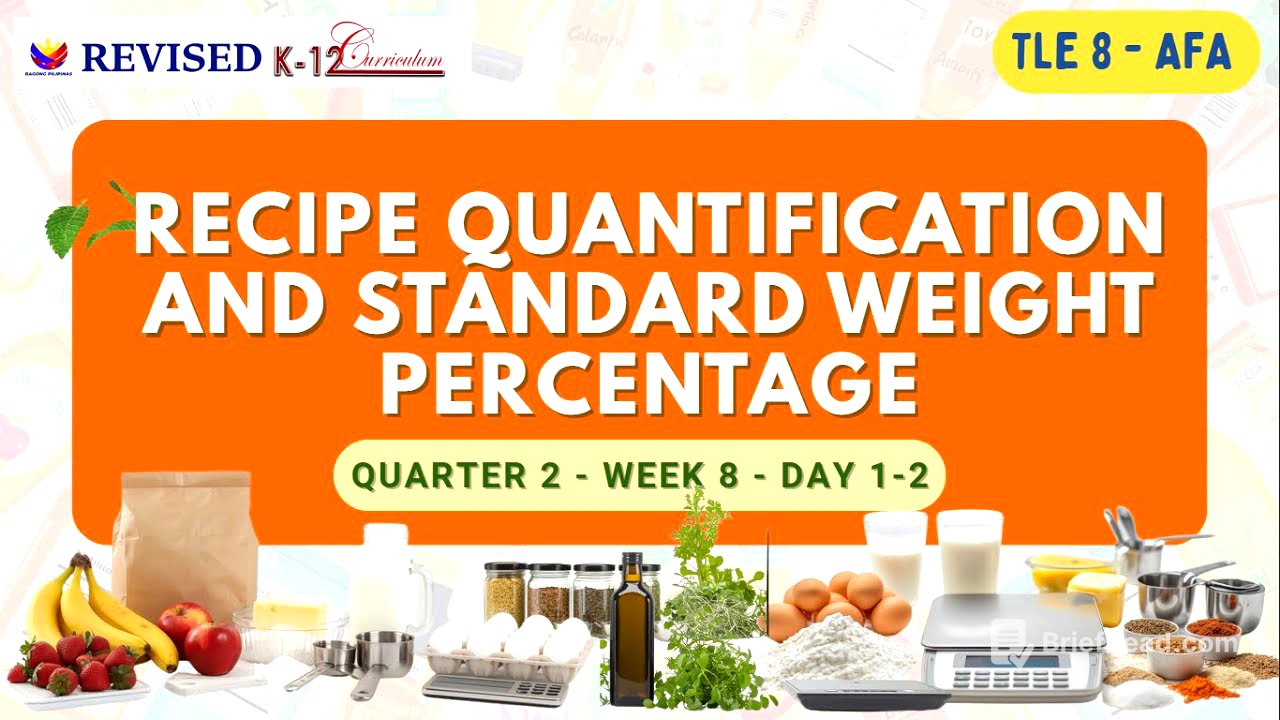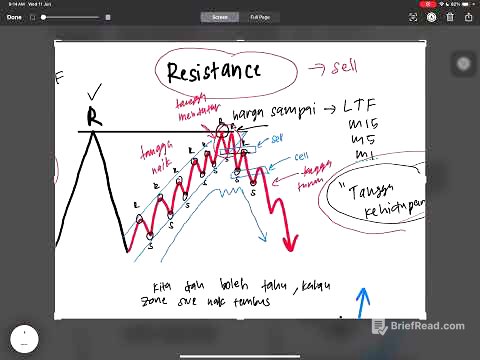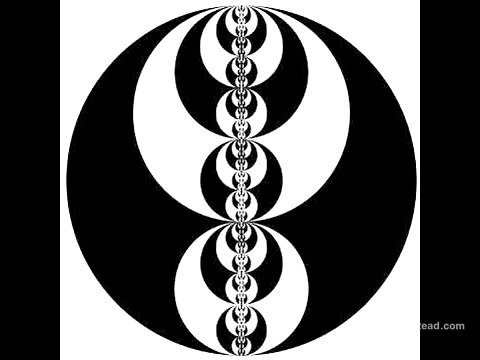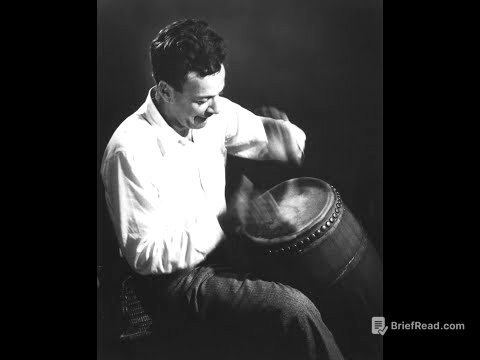TLDR;
This video explains recipe quantification, focusing on the factor and percentage methods, and their importance in maintaining consistency and quality in food production. It details how to adjust recipes for larger yields, providing step-by-step instructions and examples for both methods, including converting measurements and handling decimal results.
- Explains two main methods of recipe quantification: factor and percentage methods.
- Provides formulas and step-by-step instructions for accurate computation.
- Emphasizes the importance of standard measurements in maintaining recipe consistency and quality.
Introduction to Recipe Quantification [0:02]
The video introduces the concepts and skills related to recipe quantification in food processing. It highlights the importance of understanding different packaging materials and developing label designs for processed food products. The learning objectives include identifying the factor and percentage methods of recipe quantification, accurately computing ingredient amounts using standard formulas, and appreciating the value of standard measurement in maintaining recipe consistency and quality.
Importance of Packaging and Labeling [1:20]
Packaging protects food from being damaged or spoiled, while labels provide essential information such as the product name and ingredients. This is crucial for preventing allergic reactions by listing ingredients like nuts or milk. Attractive packaging can also influence consumer purchases, and labels include the brand name. Furthermore, packaging protects food from dirt, and labels help companies trace products in case of issues.
Understanding Quantification Methods [1:52]
The factor method uses a yield conversion factor to scale a recipe, calculated by dividing the new yield by the original yield, and then multiplying all original ingredient quantities by this factor. The percentage method, on the other hand, works with recipe weights and measurements, converting each ingredient's quantity into a percentage of the total recipe weight for easy adjustment to any desired final weight. While the factor method is recommended for its simplicity, the percentage method is a useful alternative when the factor method is not applicable. Both methods require a standardized recipe. Recipe quantification is vital in professional kitchens to enlarge recipes with lower yields to meet the high production requirements of large functions, events, or commercial operations.
Factor Method Explained [3:30]
The factor method uses a yield conversion factor as a multiplier for the ingredients in a recipe. The formula for the conversion factor is the desired yield divided by the recipe yield. For example, if a recipe yields four servings but 25 are needed, the conversion factor is 25 divided by 4, which equals 6.25. This means every ingredient amount must be multiplied by 6.25 to produce 25 servings.
Factor Method: Example with Ingredient Conversions [4:21]
To convert pounds in the original weight to the quantified amount, multiply the original quantity by the conversion factor to find the new total weight. For instance, 3 lb multiplied by 6.25 equals 18.75 lb. Then, convert the decimal to ounces by multiplying the decimal portion by 16 (since there are 16 ounces in a pound). So, 0.75 multiplied by 16 equals 12 oz. The final answer is 18 lb and 12 oz for 25 servings.
Factor Method: Grams to Kilograms Conversion [5:27]
To convert grams to kilograms, multiply the original amount by the conversion factor. For example, 200 g multiplied by 6.25 equals 1,250 g. Then, convert grams to kilograms for easier measurement by dividing by 1,000 (since 1 kg equals 1,000 g). Thus, 1,250 g divided by 1,000 equals 1.25 kg. Therefore, the new amount is 1.25 kg for 25 servings.
Factor Method: Milliliters Conversion [6:19]
To convert milliliters, multiply the original amount by the conversion factor. For instance, 50 ml multiplied by 6.25 equals 312.5 ml. To prepare 25 portions, the recipe now requires 312.5 ml of this ingredient. Optionally, this can be converted to liters, where 312.5 ml is the same as 0.3125 L, but it's common to leave it in milliliters since the metric system works easily with decimals.
Factor Method: Handling Pieces and Decimal Results [7:25]
To adjust the quantity of items like eggs or fruits, multiply the original number of pieces by the conversion factor. For example, two pieces multiplied by 6.25 equals 12.5 pieces. Since you can't have half a piece, make a practical adjustment depending on the ingredient type. If the ingredient can be cut or divided, use one half of it. If it cannot be divided neatly, round up to 13 pieces to ensure you don't fall short.
Percentage Method Explained [8:32]
The percentage method helps standardize recipes by calculating each ingredient's share as a percentage of the total recipe weight. This percentage is then multiplied by the total weight you want to produce, making it accurate and flexible for scaling recipes up or down. The percentage of each ingredient is calculated based on the total combined weight of all ingredients, and these percentages are used as the basis for quantifying larger or smaller recipes.
Steps for Using the Percentage Method [9:12]
The steps for using the percentage method include: converting all measurements to the required measurement of the desired yield, getting the total combined weight of all the ingredients, computing the percentage of each ingredient in relation to the total weight (using the formula: percent equals ingredient weight x 100 divided by total combined weight), and multiplying the required yield of the new recipe with the individual ingredient percentages to find the new ingredient quantity of the quantified recipe.
Percentage Method: Example Calculation [9:43]
Given an original recipe with ingredient A (1.5 kg), ingredient B (300 g), and ingredient C (1 cup), and a desired yield of 17 kg, the steps are as follows: First, convert all measurements to kilograms: Ingredient B becomes 0.3 kg and Ingredient C becomes 0.24 kg. Next, calculate the total combined weight of all ingredients: 1.5 kg + 0.3 kg + 0.24 kg = 2.04 kg. Then, compute the percentage of each ingredient: Percent A = (1.5 * 100) / 2.04 = 73.53%, Percent B = (0.3 * 100) / 2.04 = 14.71%, and Percent C = (0.24 * 100) / 2.04 = 11.76%. Finally, multiply the required yield by each ingredient's percentage: Quantified amount A = 17 kg * 0.7353 = 12.5 kg, Quantified amount B = 17 kg * 0.1471 = 2.5 kg, and Quantified amount C = 17 kg * 0.1176 = 2 kg.
Lesson Activity: Measurement Conversions [12:10]
A total of 160 tablespoons of a recipe is required for a function. The original recipe card lists the following ingredients: 4 cups, 1 pint, 3 teaspoons, and 1 fluid ounce. The activity involves converting all these measurements to tablespoons to meet the required yield.
Importance of Recipe Conversion [13:08]
Recipe conversion is important in food production because it allows for the adjustment of recipes to meet different production requirements, ensuring consistency and quality in larger batches.









